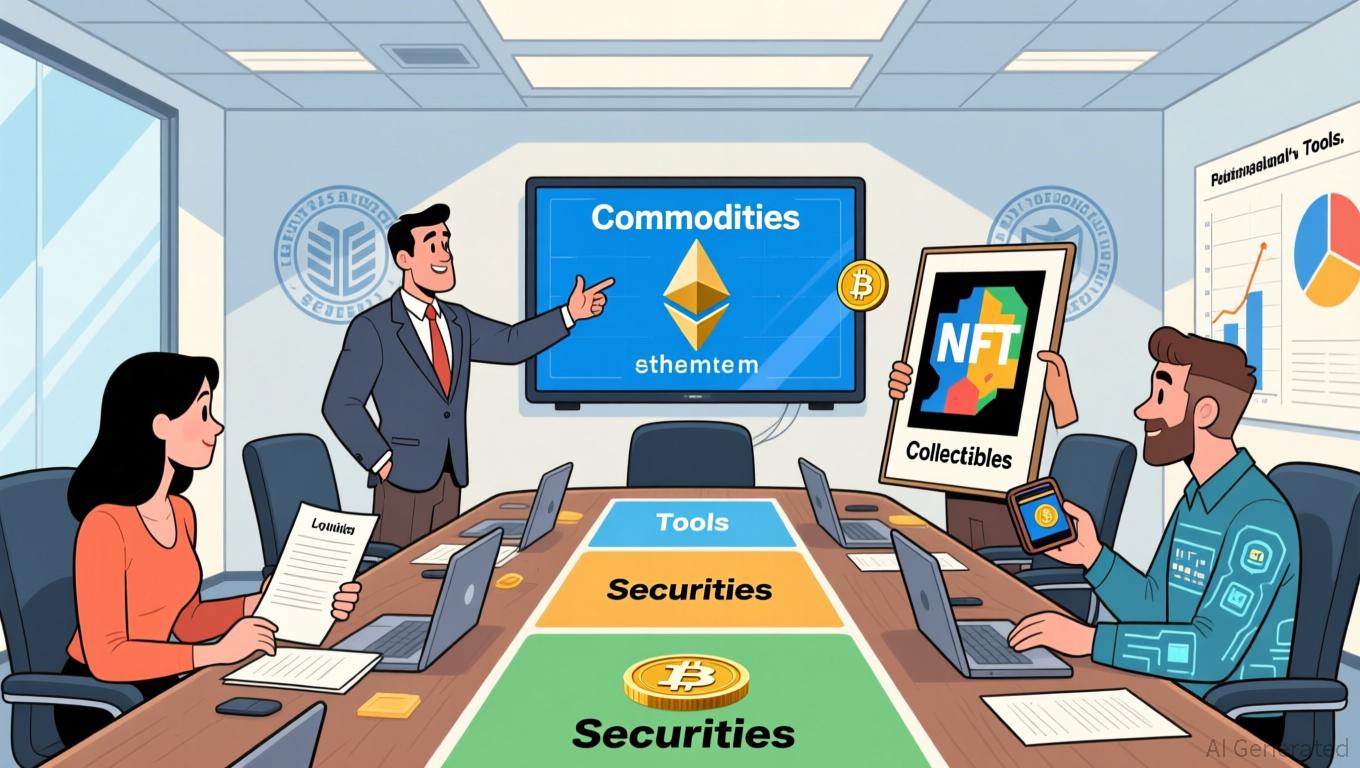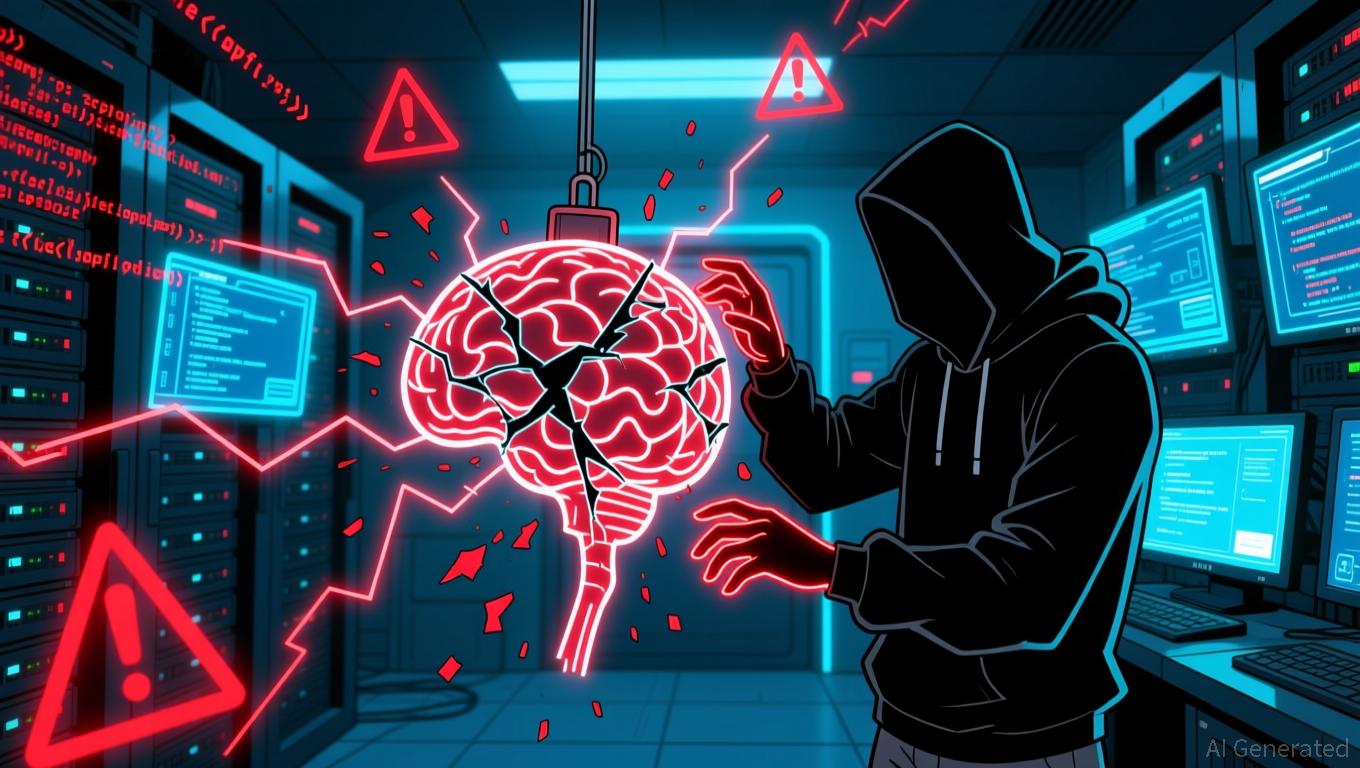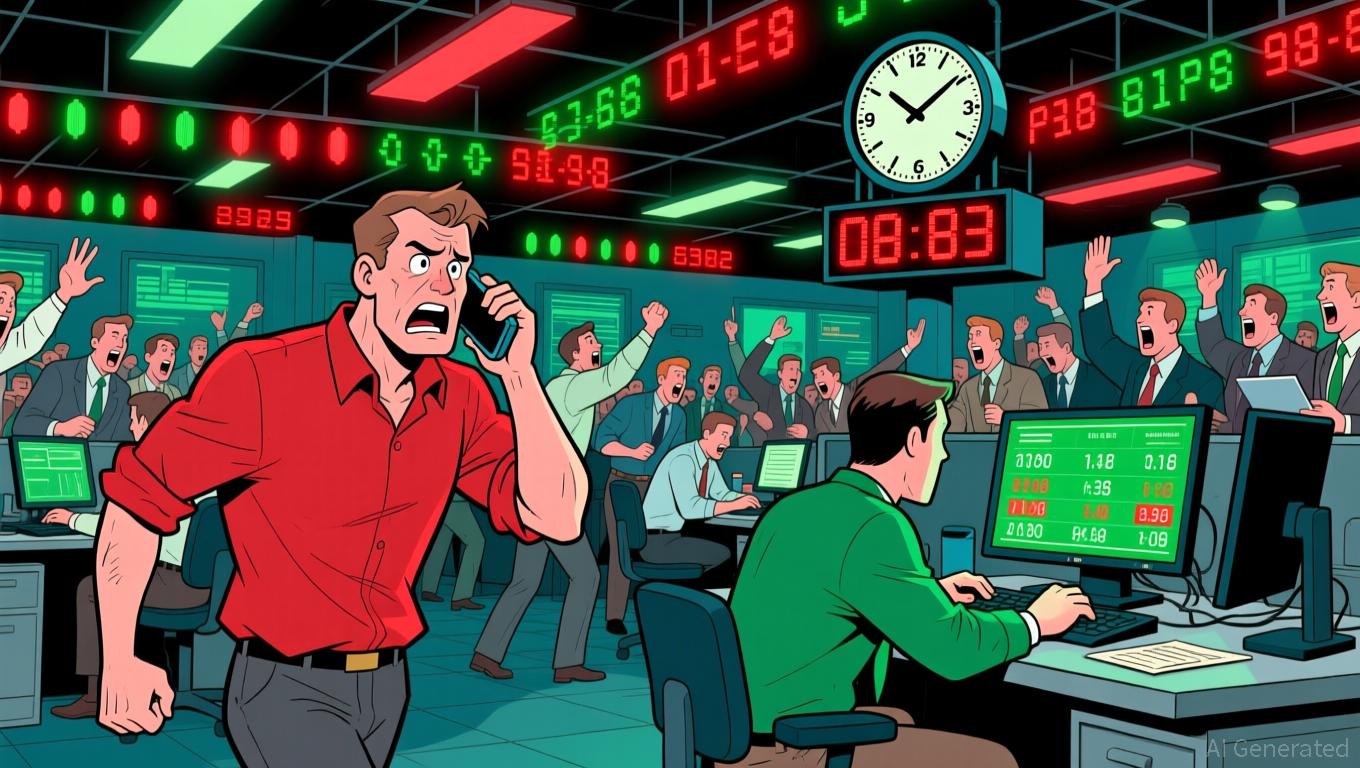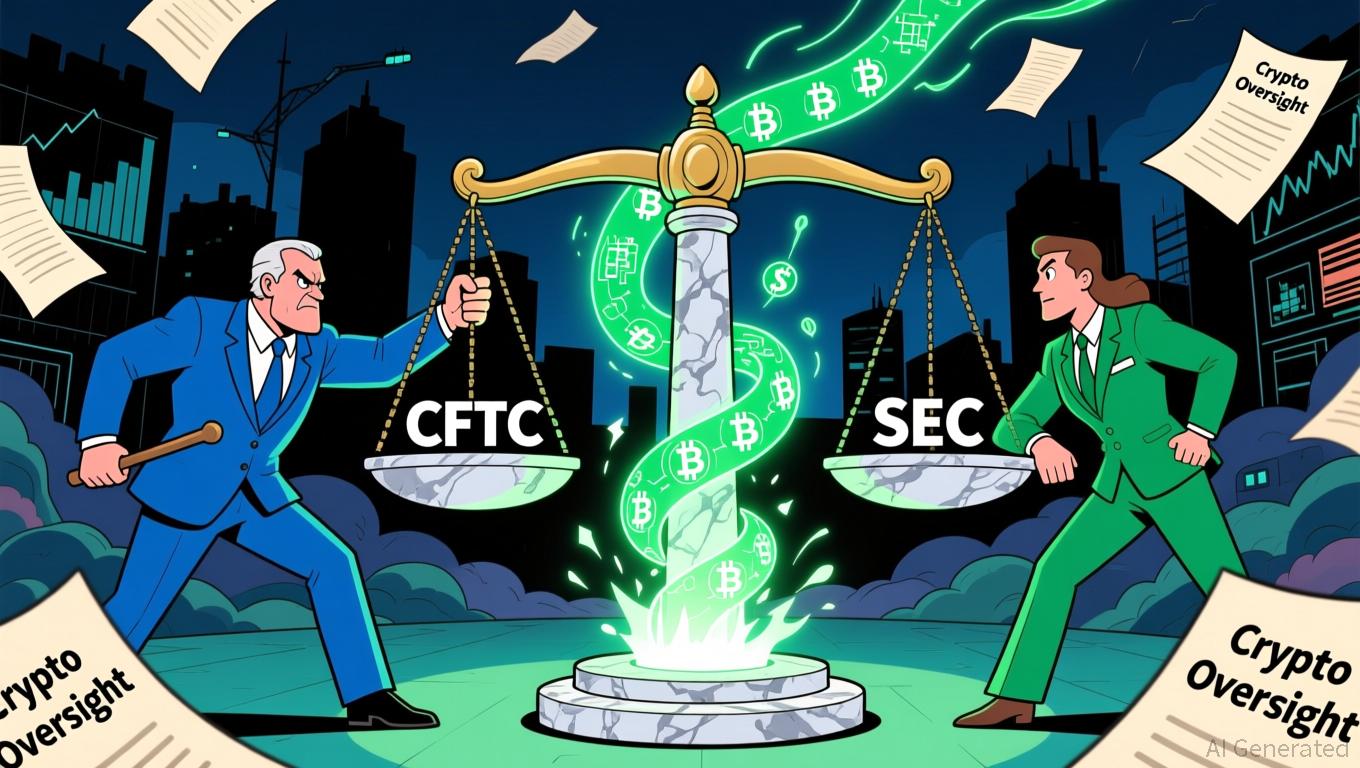Ethereum Updates: SEC Guidelines Allow Cryptocurrencies to Achieve Commodity Classification
- SEC Chair Paul Atkins proposed a crypto regulatory framework exempting ETH, SOL, and XRP from securities classification using the Howey Test to clarify market roles. - The framework categorizes crypto assets into four groups, allowing tokens to "graduate" from securities to commodities as ecosystems decentralize and utility emerges. - It introduces "super apps" for mixed-asset trading and a six-month compliance grace period, aiming to balance innovation with fraud prevention and reduce regulatory fragmen
SEC Chair Paul Atkins has introduced a comprehensive set of regulations for digital currencies that could transform the U.S. crypto sector, excluding leading tokens such as
Atkins’ guidelines divide crypto assets into four main categories: securities, commodities, collectibles, and utilities. Tokens that support decentralized networks will typically not be considered securities once their ecosystems are sufficiently developed, as users interact with them for their practical use rather than to gain profits from centralized control
The foundation of this framework is the Howey Test, which determines if an asset involves a monetary investment in a shared venture with profits coming from the work of others. Atkins explained that tokens are only deemed securities if there are clear, direct promises of profit linked to managerial actions. As networks become more decentralized and tokens shift from investment contracts to functional assets, they may be freely traded as commodities

The framework also introduces a six-month transition period for issuers to resolve compliance issues, aiming to decrease enforcement actions and promote timely adjustments as networks develop
Experts have welcomed this policy shift as a possible driver for institutional participation, with Chainalysis reporting that over 80% of major digital assets now operate in decentralized networks
Atkins’ comments reflect a wider philosophical perspective: the SEC’s original mission, established during the Great Depression, was never meant to cover all digital assets. “Securities laws were crafted to address issues involving reliance on others’ expertise,” he noted. “They were not intended to govern every new type of digital value”
Disclaimer: The content of this article solely reflects the author's opinion and does not represent the platform in any capacity. This article is not intended to serve as a reference for making investment decisions.
You may also like
Anthropic Claims Cyberattack Involved AI, Experts Express Doubts
- Anthropic claims Chinese state hackers used AI to automate 80-90% of a cyberattack targeting 30 global entities via a "jailbroken" Claude AI model. - The AI-generated exploit code, bypassed safeguards by fragmenting requests, and executed reconnaissance at unprecedented speed, raising concerns about AI's dual-use potential in cyber warfare. - Experts question the validity of Anthropic's claims while acknowledging automated attacks could democratize cyber warfare, prompting calls for stronger AI-driven de

AAVE Drops 13.95% Over 7 Days Amid Strategic Changes Triggered by Euro Stablecoin Regulatory Approval
- Aave becomes first DeFi protocol to secure EU MiCA regulatory approval for euro stablecoin operations across 27 EEA states. - The Irish subsidiary Push Virtual Assets Ireland now issues compliant euro stablecoins, addressing ECB concerns about USD-dominance in crypto markets. - Aave's zero-fee Push service generated $542M in 24-hour trading volume, contrasting with typical 1-3% fees on centralized exchanges. - With $22.8B in borrowed assets, the platform's regulatory milestone is expected to accelerate a
SEI Faces a Turning Point: Will It Be a Death Cross or a Golden Cross?
- SEI , Sei's native token, shows early recovery signs amid crypto market slump, with technical indicators suggesting potential breakout from prolonged consolidation. - Despite 2.83% 24-hour decline to $0.17, increased $114.1M trading volume and TD Sequential buy signals highlight critical inflection point potential. - Market analysis identifies $0.1756 support and $0.1776 resistance levels, with death cross risks below $0.1745 and golden cross potential above $0.1787. - Fear/greed index at 25 reflects ext

Bitcoin News Update: CFTC's Broader Role in Crypto Regulation Ignites Discussion on Clearer Rules
- U.S. lawmakers propose expanding CFTC's crypto oversight via a bill reclassifying spot trading, diverging from SEC's enforcement approach. - Harvard University invests $443M in BlackRock's IBIT ETF, reflecting institutional confidence in crypto as a legitimate asset class. - DeFi projects like Mutuum Finance raise $18.7M in presales, leveraging regulatory momentum and transparent on-chain credit systems. - RockToken's infrastructure-backed crypto contracts attract long-term investors with structured yiel
